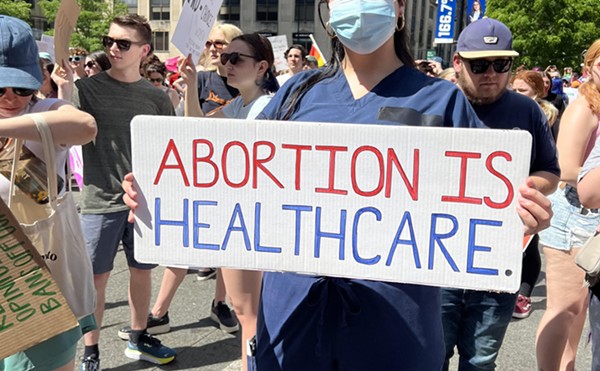The Ohio Department of Education has submitted its plans for federal education funding, which shows a drop in enrollment throughout the state and stakeholder demands for better preparations for “future learning disruptions.”
The U.S. Office of Elementary & Secondary Education awarded states funding as part of the American Rescue Plan’s Elementary and Secondary School Emergency Relief (ESSER). Ohio was allotted $4.4 billion under the plan, two-thirds of which it received on March 24 of this year.
To receive the other piece of the funding, states had to submit a plan for the funding by June 7, including impacts the pandemic had on the state’s education system.
The ODE held numerous meetings throughout the month of May to develop the state plan before submitting it to the U.S. Department of Education. Two of the meetings were specifically with stakeholders, along with others for state school administration leadership, community school sponsors and education data professionals.
The results of the meetings were included in the report submitted to the federal agency, including recommendations included in the plans for the ESSER funding, like improvements to student mental health services and test-taking options.
Online learning was a significant part of the changes made to education during the pandemic, therefore the input from members of the education community touched on the future of off-site education.
“Multiple stakeholders emphasized the importance of ongoing innovation and options for students such as blended or remote learning approaches.”
This includes RemotEDx, which the state said is an initiative meant to help with connectivity and technology issues in the districts related to remote and hybrid learning. The coordinating council for RemotEDx includes members of schools, districts, the State Board of Education, the Governor’s Office, educational service centers, information technology centers and other education-related agencies and groups.
As of the beginning of June, the state department of education said 87% of the 609 public school districts in Ohio were fully in-person, with all others in hybrid classroom models. Only one district, Jefferson Township in Montgomery County, was listed as fully remote in the report.
As part of a separate report about the impact of the COVID-19 pandemic on the state’s education system, the ODE found a 3% drop in pre-K through 12th grade enrollment in public schools, accounting for 53,000 students between fall 2019 and fall 2020.
In comparison, the state has only seen decreases between 0.3% and 0.4% in the three years before 2019. The drop in enrollment impacted urban districts at a higher rate than other districts.
“Although white students account for the largest percentage share of the state’s overall enrollment decrease, changes in enrollment disproportionately impacted underserved subgroups,” the ODE report stated.
Preschool enrollment for Black students, for example, dropped 31% between fall 2019 and fall 2020.
“This disparity in early childhood education enrollment has important implications for students’ readiness for kindergarten,” according to the report.
Though the pandemic was considered a once-in-a-century turn of events, education stakeholders still think Ohio needs to improve its preparation for potential issues in the future.
“Stakeholder feedback also emphasized the importance of contingency plans for future learning disruptions,” the report stated. “Districts should consider lessons learned that could guide planning for future crises should they arise.”
Students were included in the report through a series of “virtual listening sessions” and surveys. The state did not saw how many listening sessions or surveys were taken or how many students participated but said engaging students beyond the 2020-21 school year was important to education stakeholders.
“Accordingly, the Department plans to partner with the Ohio Association of Student Leaders to create a Student Advisory Council,” the report stated.
The state has received funding related to pandemic relief in previous federal funding packages, including $1.99 billion in previous ESSER funds in January. Traditional public school districts and community schools received 90% of the funding in that round.
This story was originally published by the Ohio Capital Journal and republished here with permission.






